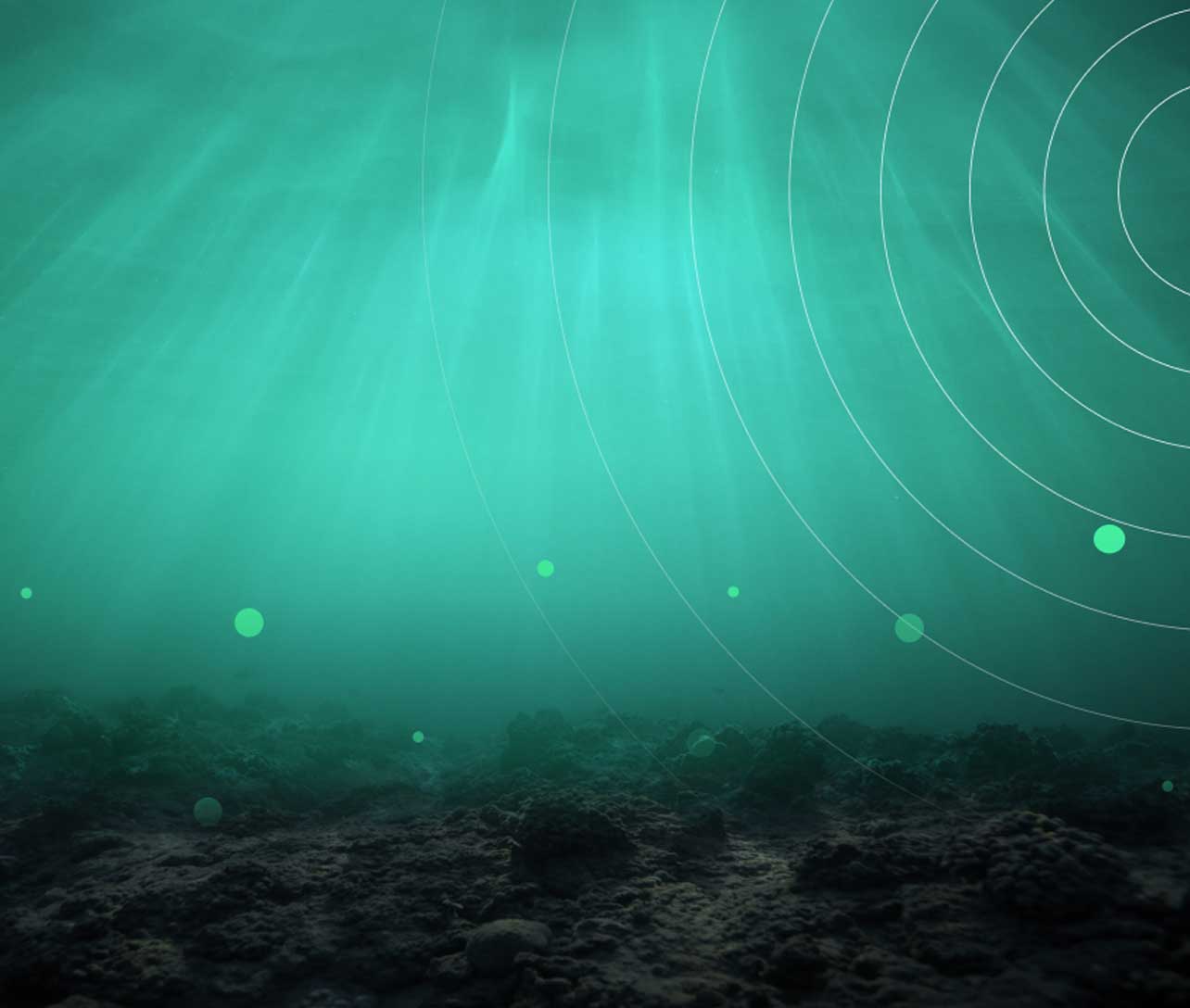Effect ultrasound on algae
Safe for humans
and aquatic life
- Low-power ultrasound, no cavitation
- No release of algal toxins
- 100% safe for the environment
Our ultrasonic algae control devices emit low-power ultrasound waves in the top water layer, generating a constant pressure cycle around the algal cells. This interferes with the algae’s buoyancy regulation, preventing them from accessing sunlight and nutrients. As a result, they can’t perform photosynthesis and sink to the bottom, where they decompose naturally without releasing harmful toxins. No aquatic organisms, animals, or humans are harmed in the process.
Ultrasound refers to sound waves with frequencies higher than the upper audible limit of human hearing (20 kHz). At specific frequencies, these sound waves can be used to control algae growth. There is a distinction between high-power ultrasound that causes cavitation and the low-power ultrasound used by LG Sonic. Cavitation is caused by the formation of micro-bubbles that collapse, generating intense heat.
Benefits of ultrasonic algae treatment
-
Safe for you and the environment
The low-power ultrasound integrated into our devices is safe for fish, plants, people, pets, and zooplankton. Our chemical-free solution doesn’t disturb the natural balance of aquatic ecosystems. It only targets algae, improving water quality sustainably. Multiple studies have proved this.
-
Effective for large water surfaces
Each device has an ultrasonic treatment range of 800 m / 2600 ft. It is suitable for raw water, industrial and irrigation reservoirs, lakes, dams, ponds and cooling towers, aquaculture ponds, sewage treatment plants, power plants, sedimentation ponds, crystal clear water and sewage lagoons.
-
Designed for long-term efficiency
Our devices are durable. They survive in extreme conditions, such as extreme heat, cold temperatures, high altitudes, and even desert environments. Unlike other ultrasonic treatments, our method prevents algae from adapting to ultrasound, ensuring long-term algae control.
Monitor water quality
Our ultrasound treatment starts with real-time water quality monitoring. Data is key when it comes to getting an algal bloom under control.
LG Sonic uses a monitoring system that collects water quality information every 10 minutes. These data points include:
- Chlorophyll-a (green algae)
- Phycocyanin (blue-green algae)
- PH level
- Water temperature
- Turbidity
- Dissolved oxygen
Plus, we can integrate satellite remote sensing to map out remote geographic locations.
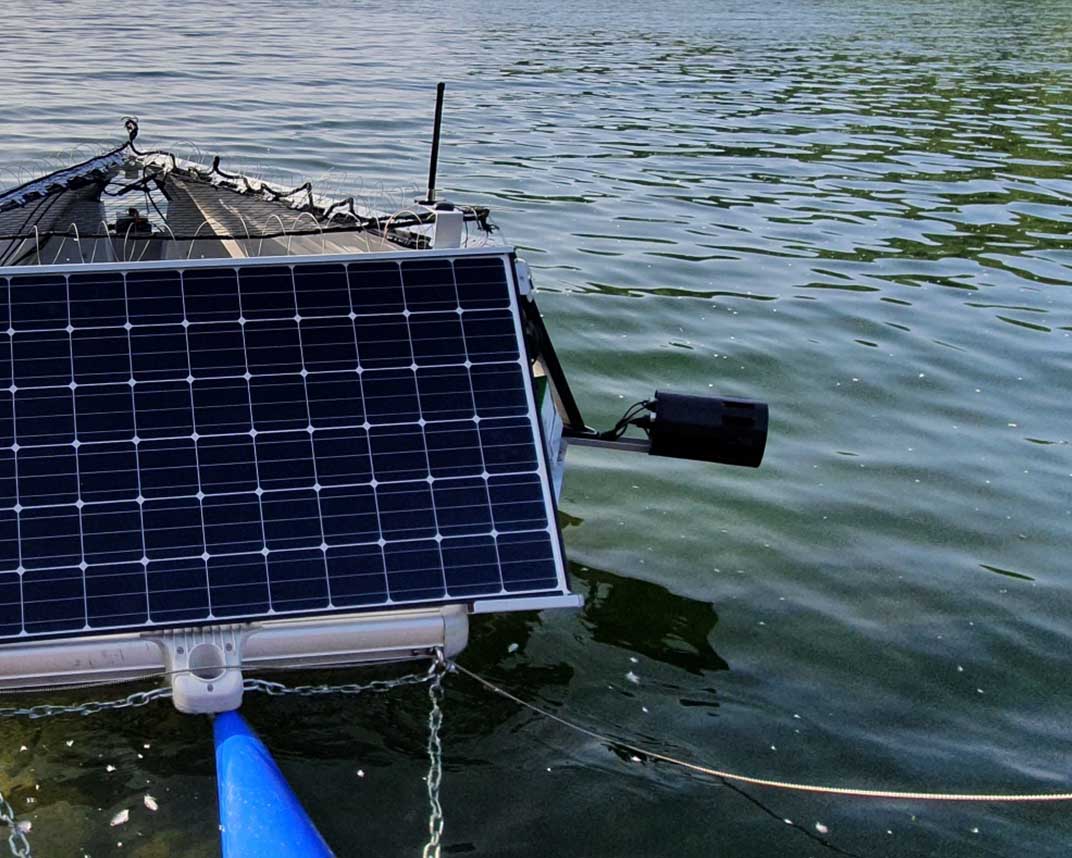
Predict algal growth
Algorithms rely on large volumes of data to work effectively. We’ve built a massive database to fuel the optimization analysis.
Our database contains more than 10 years of information collected from thousands of LG Sonic devices around the world.
This includes data points on different types of water bodies, water conditions, algae species, seasons, etc. Our database is continually refreshed with new data.
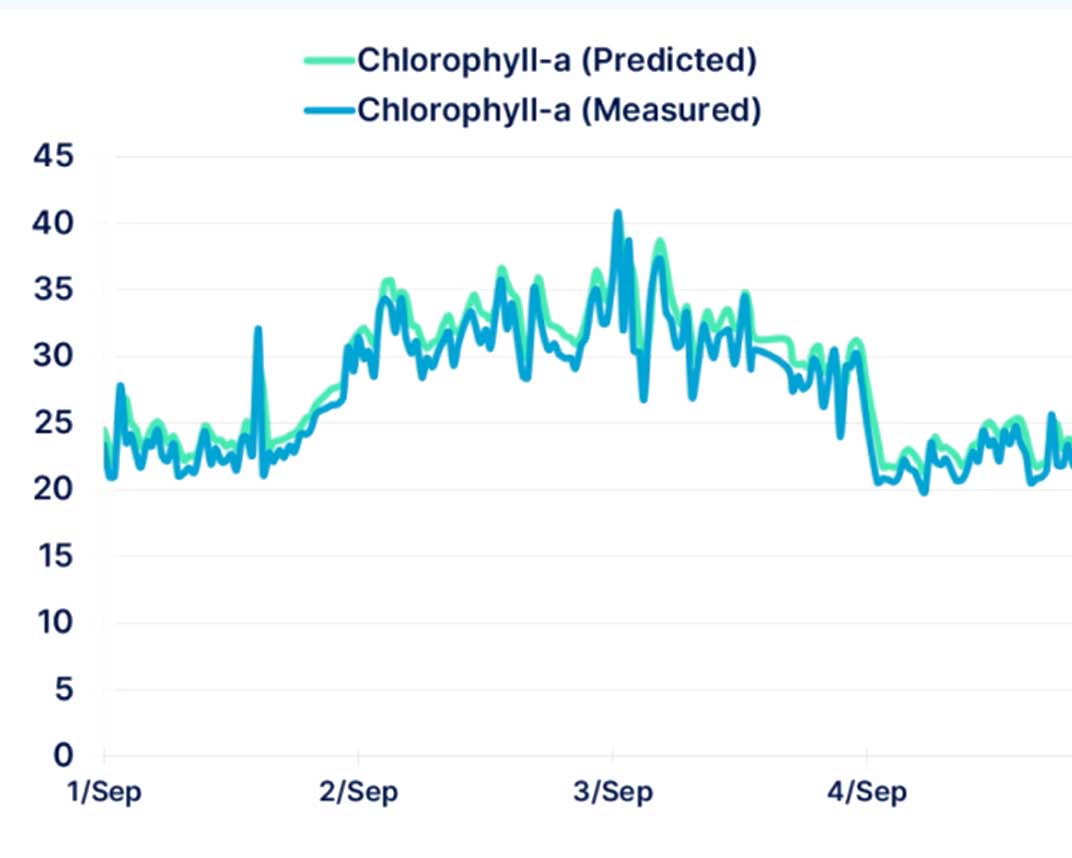
Control Algal blooms
As highly adaptive organisms, algae can become resistant to treatment methods, including ultrasound.
To avoid this, we’ll determine the most effective ultrasonic program for your unique situation, whether you need to control blue-green algae (cyanobacteria), phytoplankton, or diatoms.
The program parameters will be specific to wave form, frequency, pause, and amplitude. The key to long-term results is to adjust settings before the algae mutate. Ultrasonic programs that adapt to ever-changing water conditions.
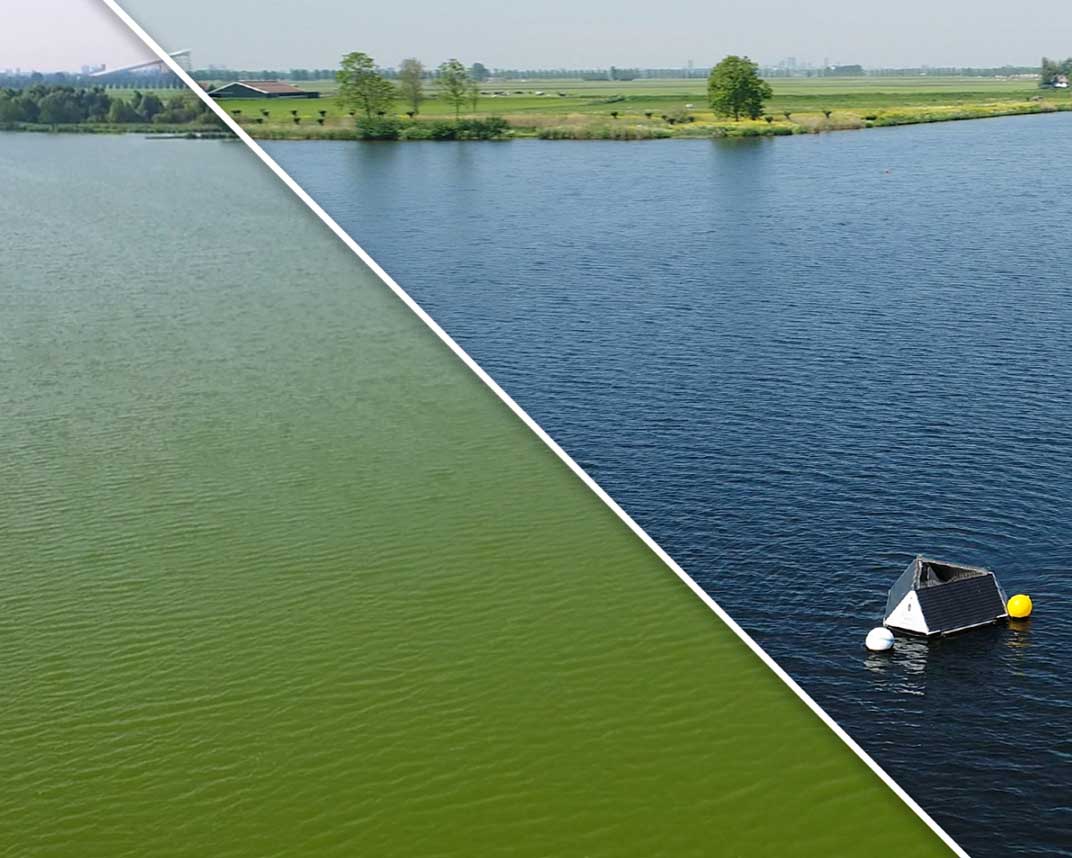
Prevent biofilm growth that blocks ultrasound
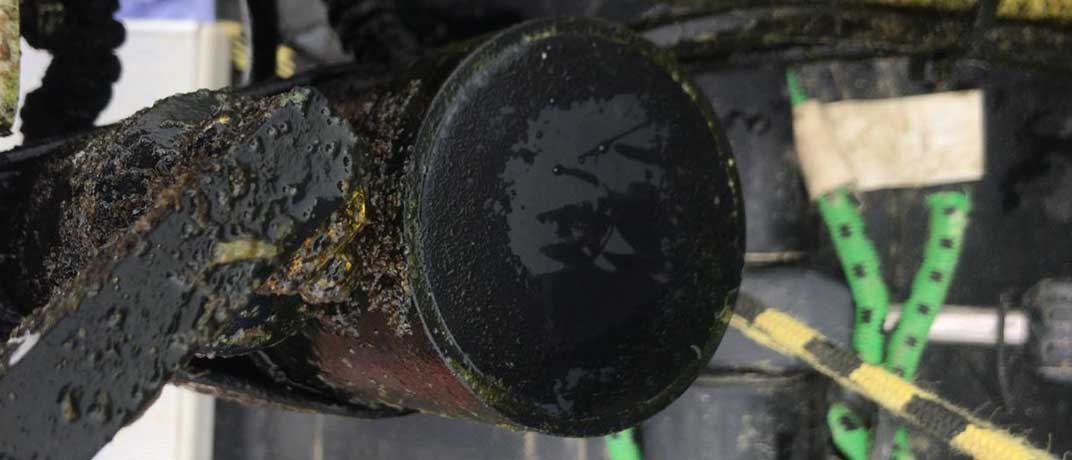
Biofouling is the accumulation of microorganisms on submerged surfaces. It can also form on our ultrasonic transmitters. To ensure optimal ultrasound efficiency, our devices have an automatic cleaning system integrated. It’s called the Aqua wiper™.
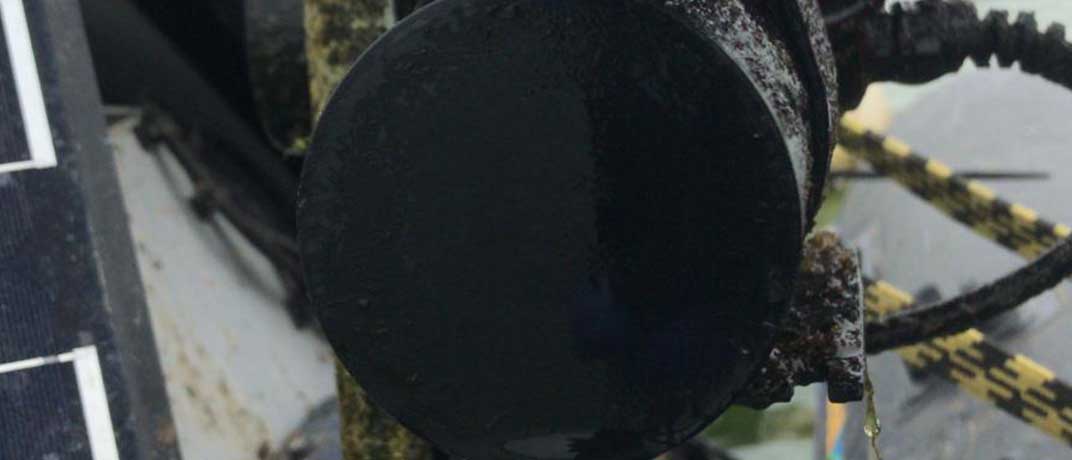
The Aqua wiper™ is the first and only automatic ultrasound transmitter cleanser. This unique feature takes away the chore of manually cleaning the transmitters on a weekly or bi-weekly basis. Plus, it significantly reduces maintenance time, costs and labour.
Frequently Asked Questions
-
What is the impact of LG Sonic ultrasound on zooplankton?
Recent studies commissioned by the Dutch water board and conducted by research agency Ecofide have concluded that the LG Sonic ultrasound is safe for fish, plants, zooplankton, and other aquatic organisms.
-
Why control algae if nutrients are the problem?
Reducing nutrients is, of course, also necessary but difficult to achieve, even in the long-term. The majority of nutrient management methods are costly and require frequent dosing with unknown side-effects for the aquatic ecosystem. Besides, the duration and intensity of algal bloom events is strongly depended not only on nutrients but also on a combination of environmental factors, such as climate change, weather patterns, and an unbalanced ecosystem.
-
What kind of water does your ultrasound work in?
The MPC-Buoy technology can be installed in freshwater, salt water, and brackish water.
-
What’s the largest water body that LG Sonic has implemented? Any issues linking more buoys?
We have multiple projects with large numbers of MPC-Buoy units installed. For example, in Dominican Republic, 50 MPC-Buoys are in operation in a 7km2 reservoir. The buoys communicate with each other for optimal treatment.
-
What's the minimum depth of water required for LG Sonic treatment?
We recommend a minimum water depth of 3 feet / 1 meter.
